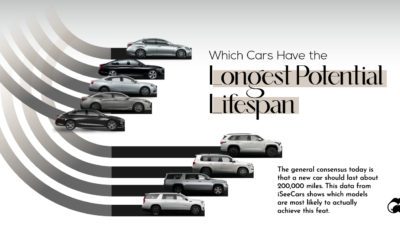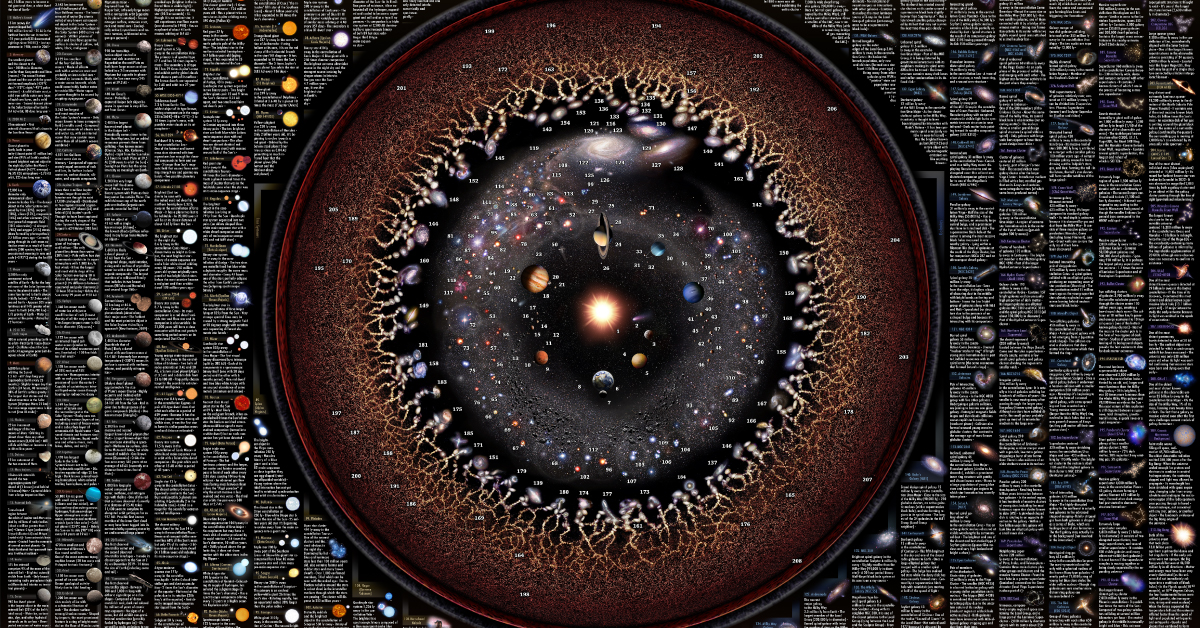Copyright Funders and Founders.
Step by Step: How Elon Musk Built His Empire
“The next Bill Gates will not build an operating system. The next Larry Page or Sergey Brin won’t make a search engine. Tomorrow’s champions will not win by competing ruthlessly in today’s marketplace. They will escape competition altogether, because their businesses will be unique.” – Peter Thiel in “Zero to One” In the book Zero to One, prominent entrepreneur and investor Peter Thiel shares his vision on what it takes to create an extraordinary company. Specifically, Thiel believes that instead of making incremental upgrades to an existing product or service, a company must aim to do something completely new to avoid ruthless competition. While Thiel has worked with many impressive people over the years, Thiel points to Elon Musk as a particularly successful member of the Paypal Mafia that has gone “zero to one” many times.
The Résumé
At only the age of 44, just “some” of Musk’s successes include building the world’s first global online payments company (Paypal) and landing re-usable rockets on ocean platforms (SpaceX). He also co-founded SolarCity, which just closed a $338 million round for providing commercial solar and energy storage, and his electric car company Tesla now has 325,000 pre-orders for the Tesla Model 3, which is good for $14 billion in future revenues. Meanwhile, in his spare time, Musk draws up plans for revolutionary transport systems, such as the Hyperloop and VTOL supersonic jet aircraft known as the Musk electric jet. That’s going from zero to one at least a few separate times, with many years in his career left to come. How does Elon do it?
The Life of Elon Musk
In the infographic and article from Funders and Founders, Vital highlights key circumstances, decisions, and results in Elon Musk’s life. Here are some of the key inflection points that helped him to build his massive empire.
Elon was born in South Africa to an engineer father and model mother on June 28, 1971. Elon read 10 hours a day as a kid, and even read the entire Encyclopedia Britannica. At age 12, Elon sold his first video game that he coded for $500. After being inspired by Hitchhiker’s Guide to the Galaxy, Elon decided that his new life mission would be to save humanity. Leaves Stanford PhD program after two days to help found Zip2, which he started with a $28,000 loan from his father. He later received proceeds of $22 million from the sale of Zip2 to Compaq, which he used to start X.com. X.com merges with another online bank (Confinity) to form Paypal. Elon gets ousted as CEO from Paypal while on his honeymoon, yet still invests more money in the company regardless. He discovers that space rockets are artificially overpriced, and starts SpaceX to build his own rockets. Elon gets $250 million from the sale of Paypal to Ebay. Meets Tesla founders Marc Tarpenning and Martin Eberhard, and introduces them to JB Straubel. Elon invests in Tesla. After having three SpaceX rockets explode while approaching bankruptcy with Tesla, Elon takes action. He takes over as CEO of Tesla and raises an emergency fifth round of financing. Meanwhile, his fourth rocket launch with SpaceX succeeds and a $1.6B contract with NASA is signed. Tesla goes public at $17 per share (it trades for ~$250/share today) Elon announces reusable rockets that could make space flight 100x cheaper, and promises to also send humans to Mars by 2021-2031. Elon publishes the Hyperloop design, starts building the Gigafactory, unveils the Powerwall, and eventually lands a rocket on an ocean platform.
What’s next? Launching the Falcon Heavy rocket, starting Gigafactory production, selling the Model 3 electric car, and potentially landing on Mars are just some of the things on his future laundry list. What Musk can actually accomplish in the future is anybody’s guess. We certainly won’t be betting against him. on And while we haven’t figured out all the answers quite yet, we’ve made some remarkable discoveries when it comes to learning about outer space. What are some of the most notable observations that scientists have discovered so far? This map of outer space by Pablo Carlos Budassi highlights more than 200 celestial objects in our universe and provides details and facts about each one.
The Types of Celestial Objects Mapped
To create this graphic, Budassi used a combination of logarithmic astronomical maps from Princeton University, as well as images from NASA. The visualization highlights 216 different celestial objects that are color-coded and organized into five overarching categories:
Moons and Asteroids Planets Galaxies Star System Great Scales/Superclusters
At the center of the map is the Sun, which is the largest object in our Solar System. According to NASA, the Sun’s volume is equivalent to 1.3 million Earths. The Sun is the powerhouse of life here on Earth—its energy provides our planet with a mild, warm climate that keeps us alive, keeping the Earth from becoming a frozen rock. While the Sun is the only star in the Solar System, there is a neighboring star system called Alpha Centauri that’s approximately 4.37 light-years away. It’s made up of three stars—Proxima Centauri, Alpha Centauri A, and Alpha Centauri B. Proxima Centauri, as the Latin name indicates, is the closest of the three to Earth and has an Earth-sized planet in its habitable zone.
The Life of a Star
In a star’s early stages, it’s powered by hydrogen. However, when its hydrogen stores are depleted, some stars are able to fuse helium or even heavier elements. Stars similar to the size of the Sun will grow, cool down, and eventually transform into a red giant. The Sun has about 5,000 million more years before it reaches its red giant stage, but when that happens, it will likely expand to the point where it swallows up the Earth. While stars emit energy for years, it’s important to note that they don’t shine for eternity. Their exact life span depends on their size, with bigger stars burning out faster than their smaller counterparts. But as light from distant objects millions of light-years away takes a long time to reach us here on Earth, the largest of stars shine for hundreds of millions of years after they die.
Just How Big is Our Universe?
Some experts believe that the universe is infinite, while others argue that we can’t yet know for certain because current measurements aren’t accurate enough. However, scientists believe that our observable universe extends about 46 billion light-years in every direction, giving it a diameter of roughly 93 billion light-years. But just how much of the universe extends beyond what we can see? We may never find out.














